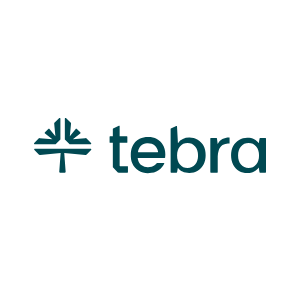AI Note Assist FAQs
Answers to the most common AI Note Assist questions.
| Question | Answer |
| What is AI Note Assist? | Tebra’s AI Note Assist revolutionizes clinical documentation by streamlining the note-taking process for in-person and Telehealth visits (Telehealth subscribers). It uses advanced natural language processing (NLP) and machine learning to distinguish between different speakers, understand medical terminology, and categorize information accurately into the correct sections (Assessment, Plan, etc.) |
| How do I use AI Note Assist? | Resources:
|
| What is the cost to use AI Note Assist? | AI Note Assist is available for Clinical subscribers at a transaction rate per note or a subscription rate. See the AI Note Generation Fee section of the Pricing Policy to review the cost to generate an AI note. Charges incurred are added to your next monthly invoice. System Administrators subscribe providers for an AI Note Generation monthly subscription in-app via the Solution Center (if applicable) or User Settings. |
| Do I have to get the patient's consent to record? | Before using AI-powered scribe tools, review applicable laws and regulations in your practice’s jurisdiction regarding electronic recordings, AI scribes, and informed consent. Some jurisdictions require verbal or written consent prior to any form of ambient documentation. Check your state board or consult legal counsel for guidance. As a best practice, providers must be transparent about the use of AI within their practice. They should get verbal consent prior to recording their patient. Review the Generative Artificial Intelligence (AI) Features section of the Terms of Service. |
| What note types does AI Note Assist support? | AI Note Assist is available for the following note types:
|
| Can I use custom note types for AI Note Assist? | Custom notes and other standard note types are not currently supported. |
| Will I be charged if the note is unsigned or marked as an error? | Yes. The usage-based fee is charged when the AI generates the note. |
| How do I know which note is generated by AI Note Assist? | An AI-Assisted label displays for clinical notes generated by AI Note Assist on the patient's Notes page. |
| Does AI Note Assist work for virtual visits? | Yes. For Telehealth subscribers, providers can use AI Note Assist to generate the note for a patient visit. Notes:
|
| Is the recording stored in your database? | No. Tebra does not store AI Note Assist recordings, ensuring it is fully HIPAA compliant. |
| If a note does not generate from the recording, how can I get that data? | Contact Customer Care for assistance. |
| Does AI Note Assist work with different accents? | Like most medical dictation tools, AI Note assist uses automatic speech recognition (ASR) models that have been trained on diverse voice data, including different accents, dialects, and speech patterns. |
| If a note does not generate from the recording, how can I get that data? | Contact Customer Care for assistance. |
| What browsers and devices are supported? | The following are supported browsers for best use of AI Note Assist on a desktop or laptop:
Mobile browsers and Tebra's Mobile app do not support the AI Note Assist experience. Note: Chrome is the required browser for Telehealth visits using AI Note Assist. |
| Once the AI note is generated, is the note complete and ready to be signed? | No. After AI Note Assist generates a clinical note for an office visit or Telehealth visit, providers will need to complete the following before finalizing the note:
Review AI Note Assist: Finalize Generated Clinical Note to learn how to document and finalize an AI generated clinical note. |
| Does structured data have to be added to the generated note? | Clinical structured data must be added to the corresponding note sections to populate in flowsheets the patient's facesheet, and the Patient Portal. If structured data is not included in the note, the patient's summary of care will be incomplete and will not be included in Quality Measures. |
| Are all clinical note features available for AI generated notes? | Yes. Once AI Note Assist generates the clinical note, all standard clinical note features are available. Review Navigate Clinical Note to learn more about available features of a note such as: SALT a note, viewing Treatment Plans or Flowsheets, customizing the note sections, and more. |
| What are best practices for using an AI scribe tool? | To get the most out of this powerful tool — while staying compliant, secure, and patient-centered, Tebra recommends the following best practices.
|
